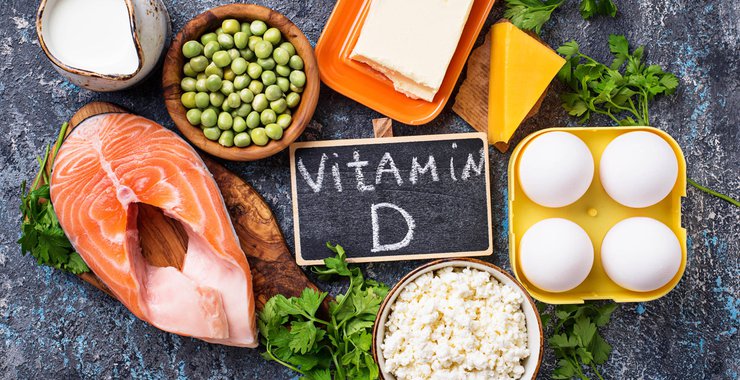The so-called sunshine vitamin is necessary to regulate calcium metabolism in the body. Vitamin D deficiency will result in blood calcium levels to decline and therefore, a decrease in bone mineral density will occur resulting in osteoporosis and increased risk of fractures. Researchers are also finding the impact on other body functions including strengthening of the immune system, muscle and cardiovascular function and brain development.
Who is at risk of deficiency?
In the U.S., 41.6% of adults (18 years or older) have deficient vitamin D levels and about one billion people in the world have deficient or insufficient levels of vitamin D. Vitamin D serum levels of less than 30ng/ml are considered deficient. At this time most doctors will perform a routine check of vitamin D levels. Groups at higher risk include older adults due to the decreased skin’s ability to synthesize vitamin D and the decline in gut absorption of the vitamin. Other issues such as decreased appetite and chewing problems further increase this groups’ risk. Obesity also impacts the needs and metabolism of vitamin D. Vitamin D is fat soluble thus placing this group at risk. Kidney diseases along with other disease also play a role. Lastly, dark skin color also appears to have an effect.
How much vitamin D do I need?
The adequate intake (AI) of vitamin D recommended is 600 International Units (IU) per day for adults under the age of 70 and 800 IU per day for adults over the age of 70. The maximum amount that can be taken without toxicity is 4000 IU per day, unless otherwise prescribed by your doctor.
What are the food sources of vitamin D?
In the United States, very few foods contain significant amounts of vitamin D. Dietary sources include fatty fish like salmon, tuna, and sardines. Vitamin D is also found in fish oil supplements, egg yolks, organ meats, mushrooms, and fortified foods like milk and dairy products, breakfast cereals, bread, margarine, spreads, and vegetable oils. Supplement use may be used to ensure adequate levels of vitamin D but should not be the sole source of this or any other vitamin.
How long do I need to be exposed to sunlight to obtain the benefits?
Vitamin D is mostly made in the skin after sun exposure. However, vitamin D synthesis in the skin is dependent on skin color, amount of skin exposed, sunscreen use and amount of solar radiation, which depends on the latitude, season, time of day and amount of time in the sun. It is believed that sunlight exposure of arms and legs for 5-15 minutes at midday during the summer months could produce 3000 IU of vitamin D.
Eating your vitamin D
Eating vitamin D can be delicious!
Try this recipe recommended by Larkin Hospital dietetic interns. By Johana Lopez, PhD candidate, dietetic intern, vitamin D expert and Rebecca Goodrich, MS, dietetic intern.

Comments
Comments are closed.